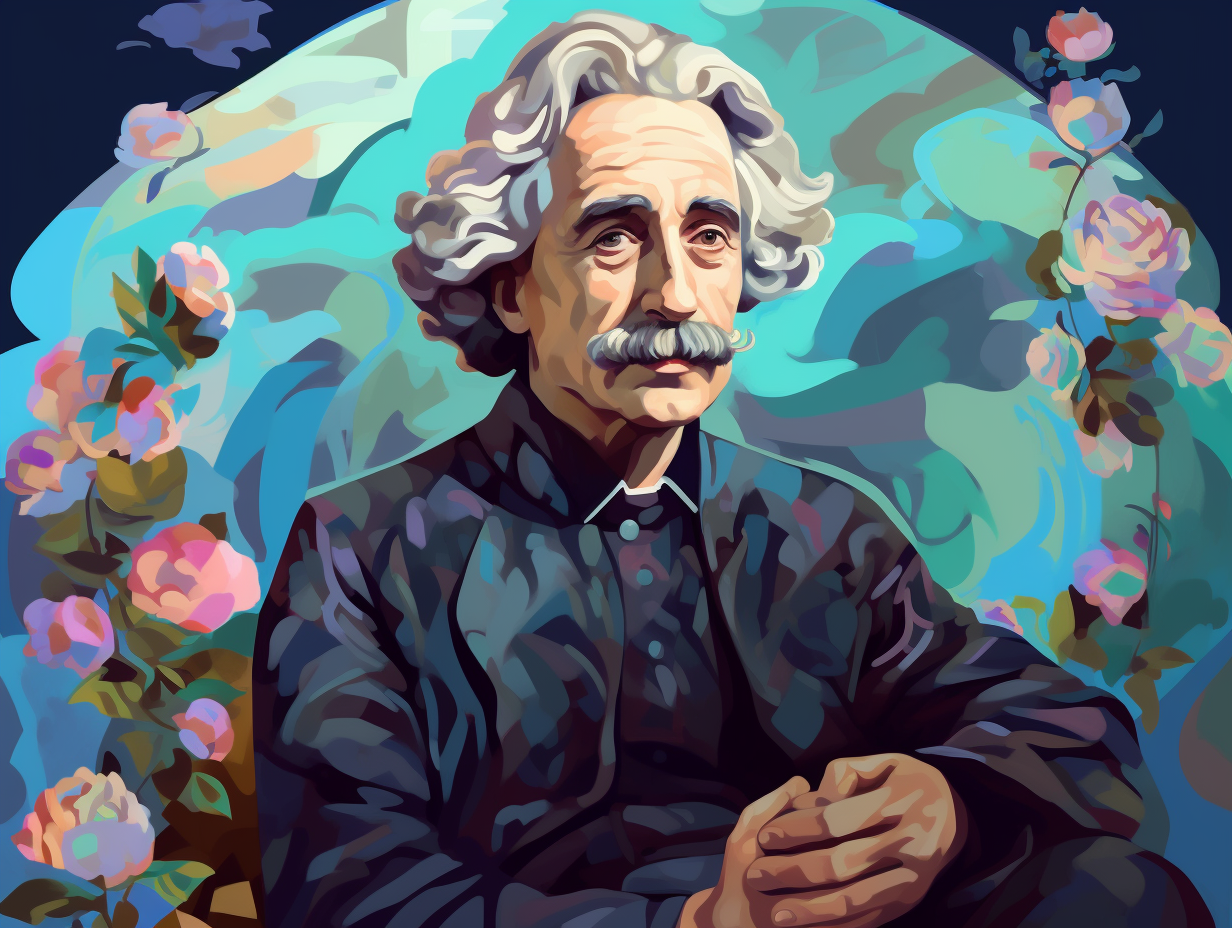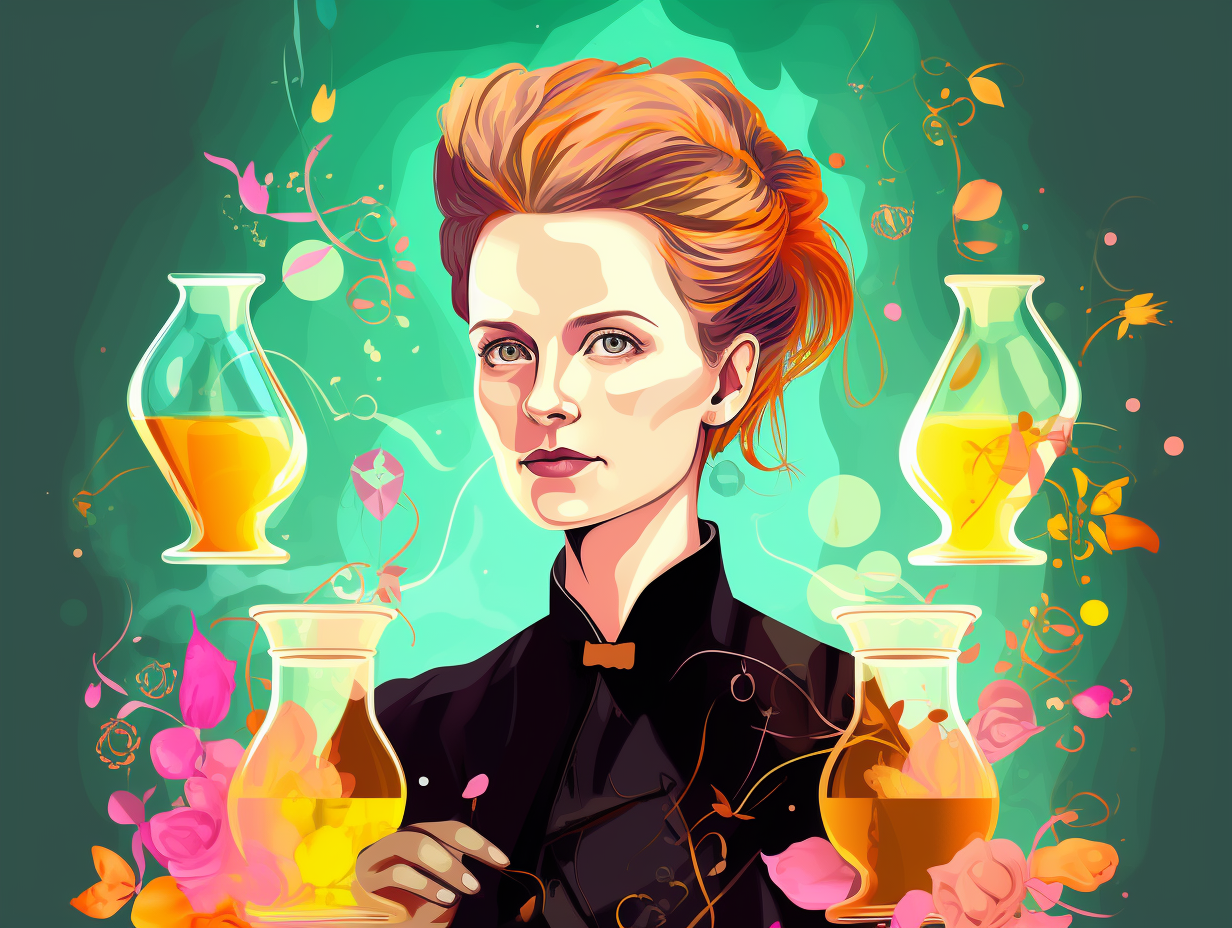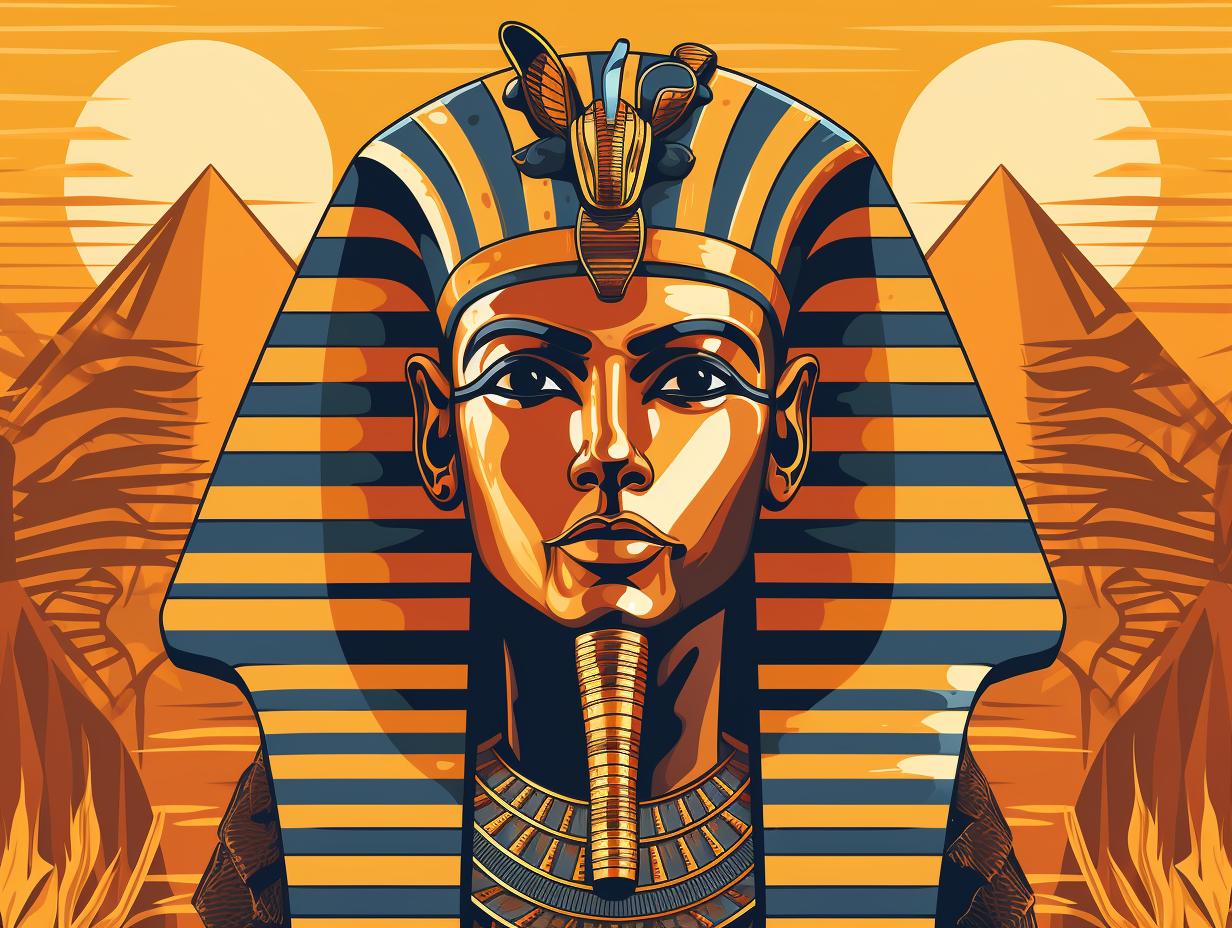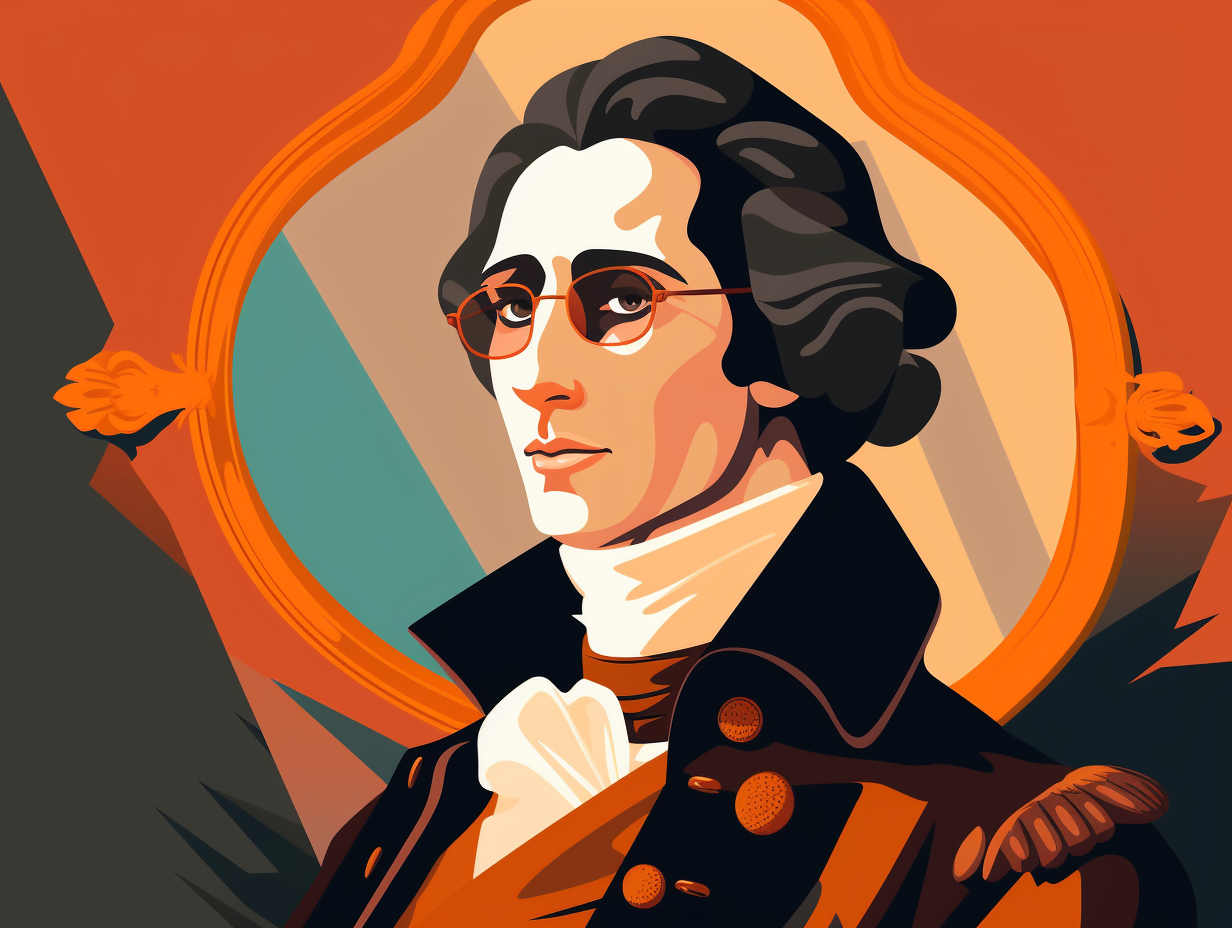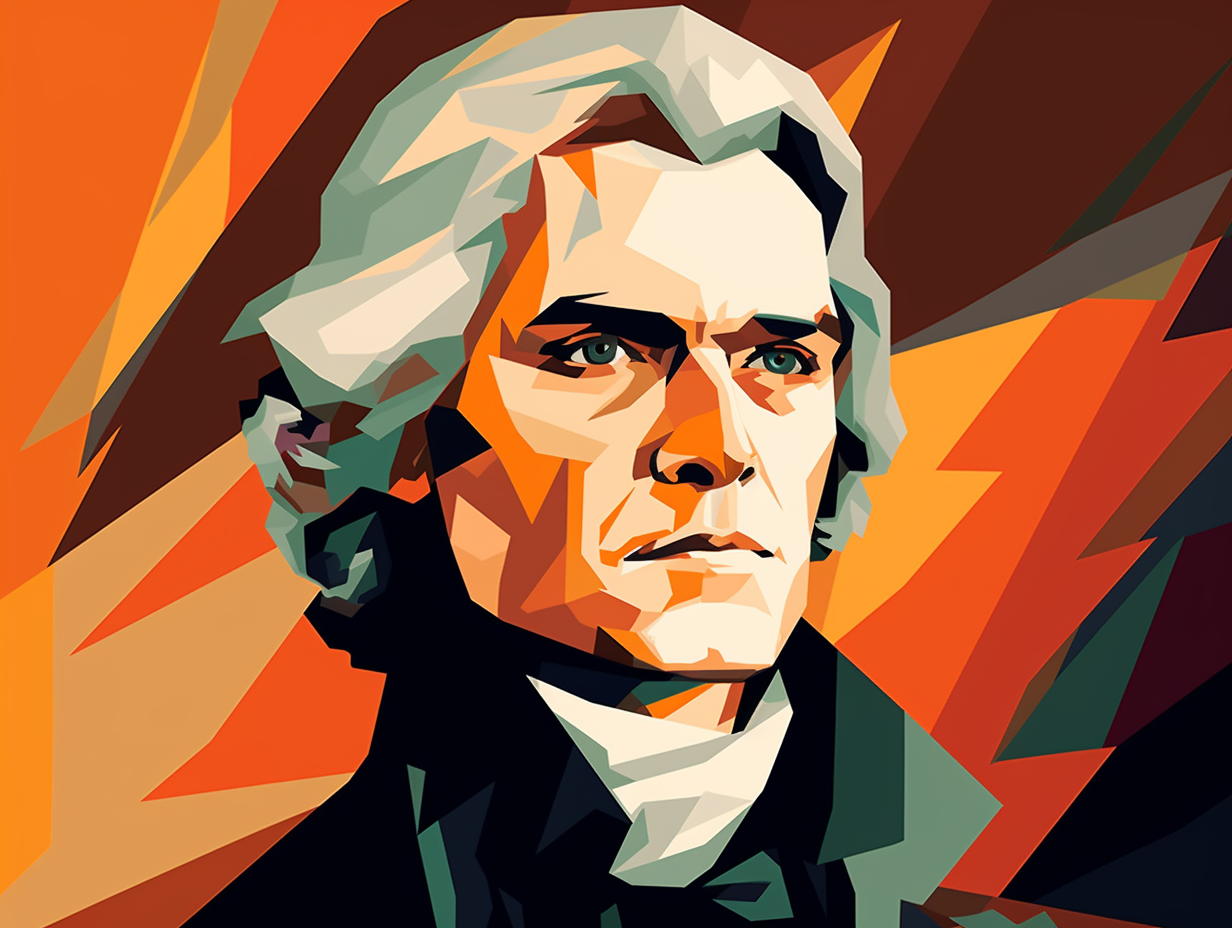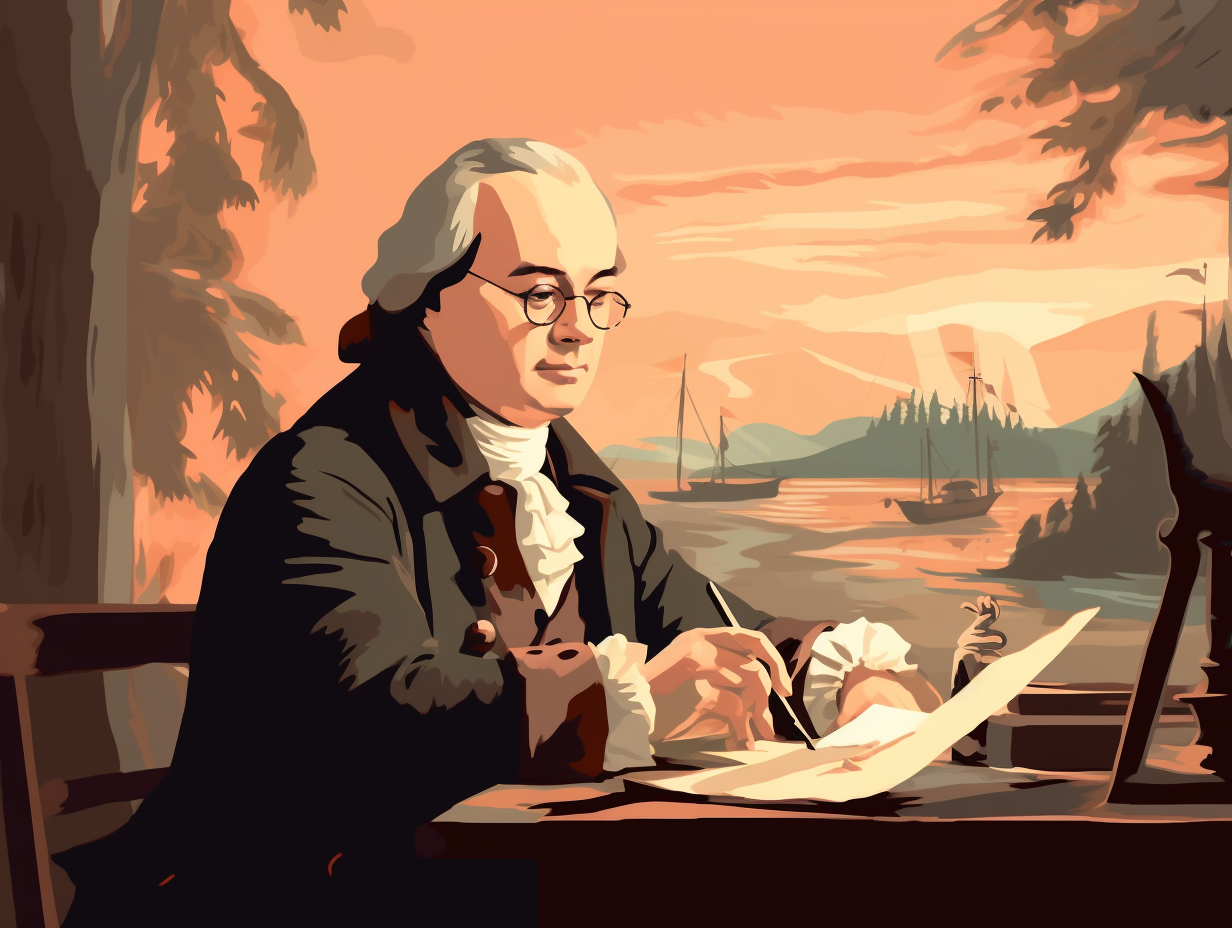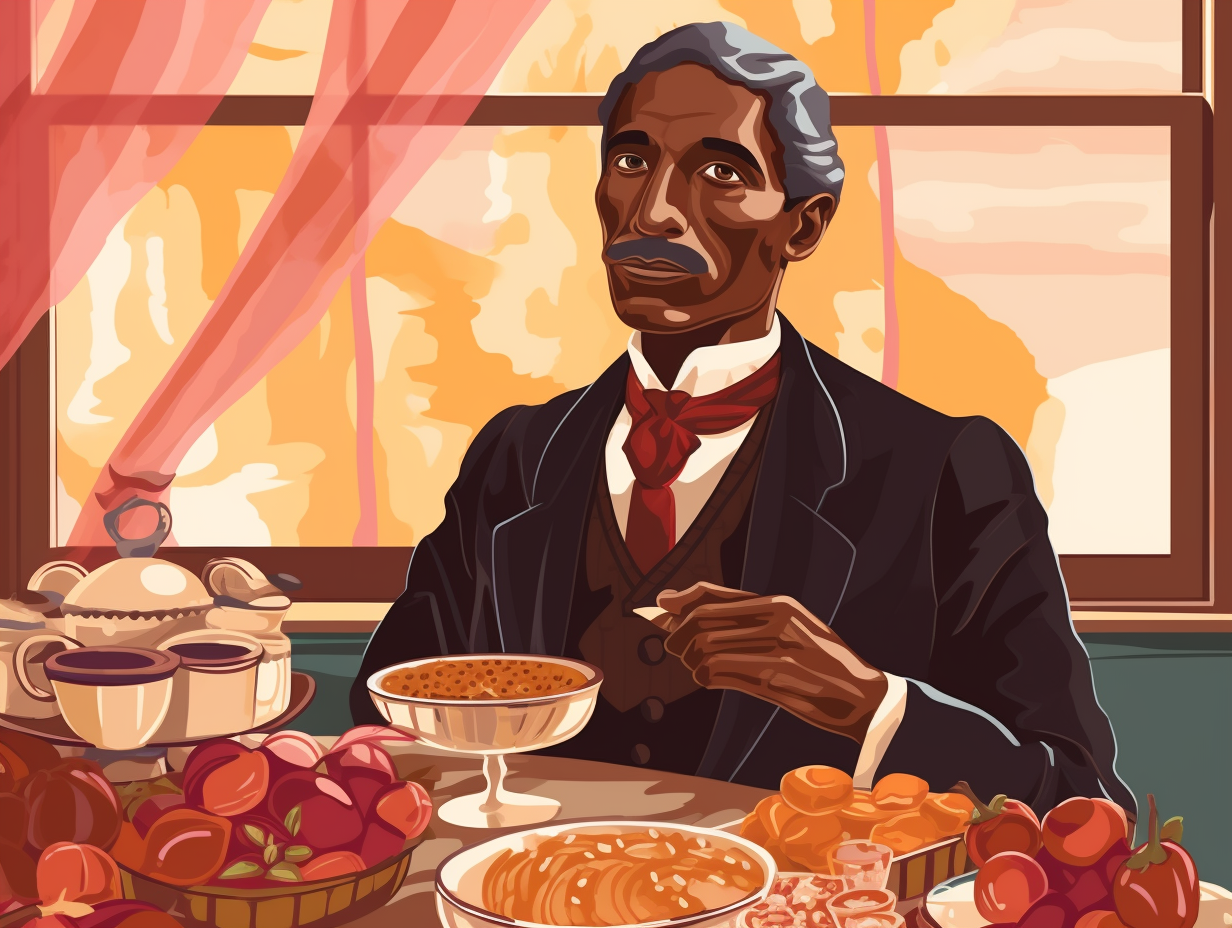Discover the Unbelievable: Top 8 Fascinating Fun Facts About Harriet Martineau!
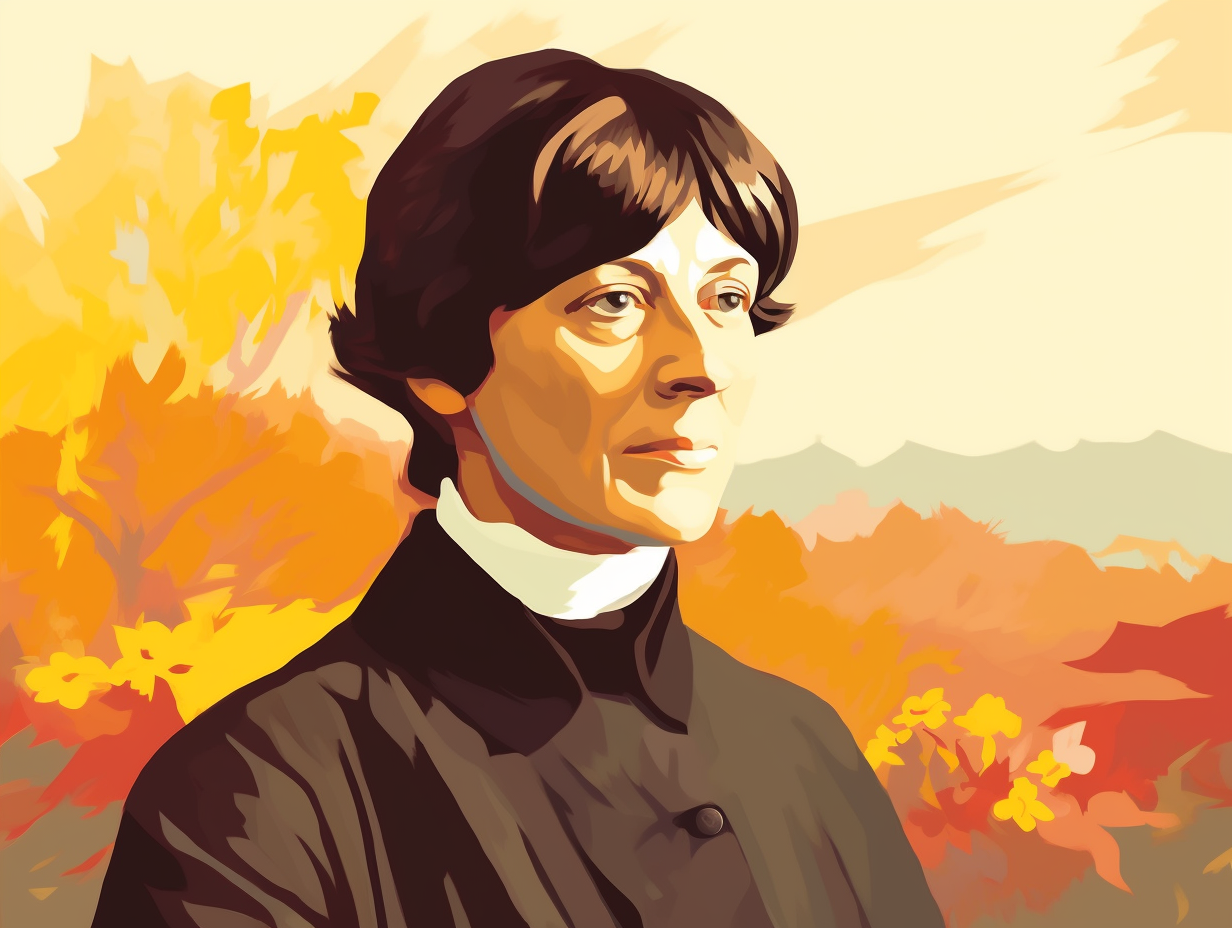
1. Bookstore Buffet Queen
Harriet Martineau was such a bookworm that she treated bookstores like an all-you-can-write buffet: This literary powerhouse authored a whopping 70 books throughout her career, with some of her greatest hits including "Illustrations of Political Economy", "Society in America", "Eastern Life, Past and Present", "Household Education", and "The History of the Thirty Years’ Peace 1816–1846".
Source => encyclopedia.com
2. Hogwarts for Muggles
Here's a classic case of Hogwarts for Muggles: Harriet Martineau didn't let her limited, cast-a-spell-on-a-mopsus-mome-rath level education slow her down one bit! Factual twist: As a writer and social theorist, she championed women's education, broke academic boundaries through self-education and homeschooling, and turned into a revered intellectual and author, shaping future generations of empowered scholarly witches and wizards!
Source => en.wikipedia.org
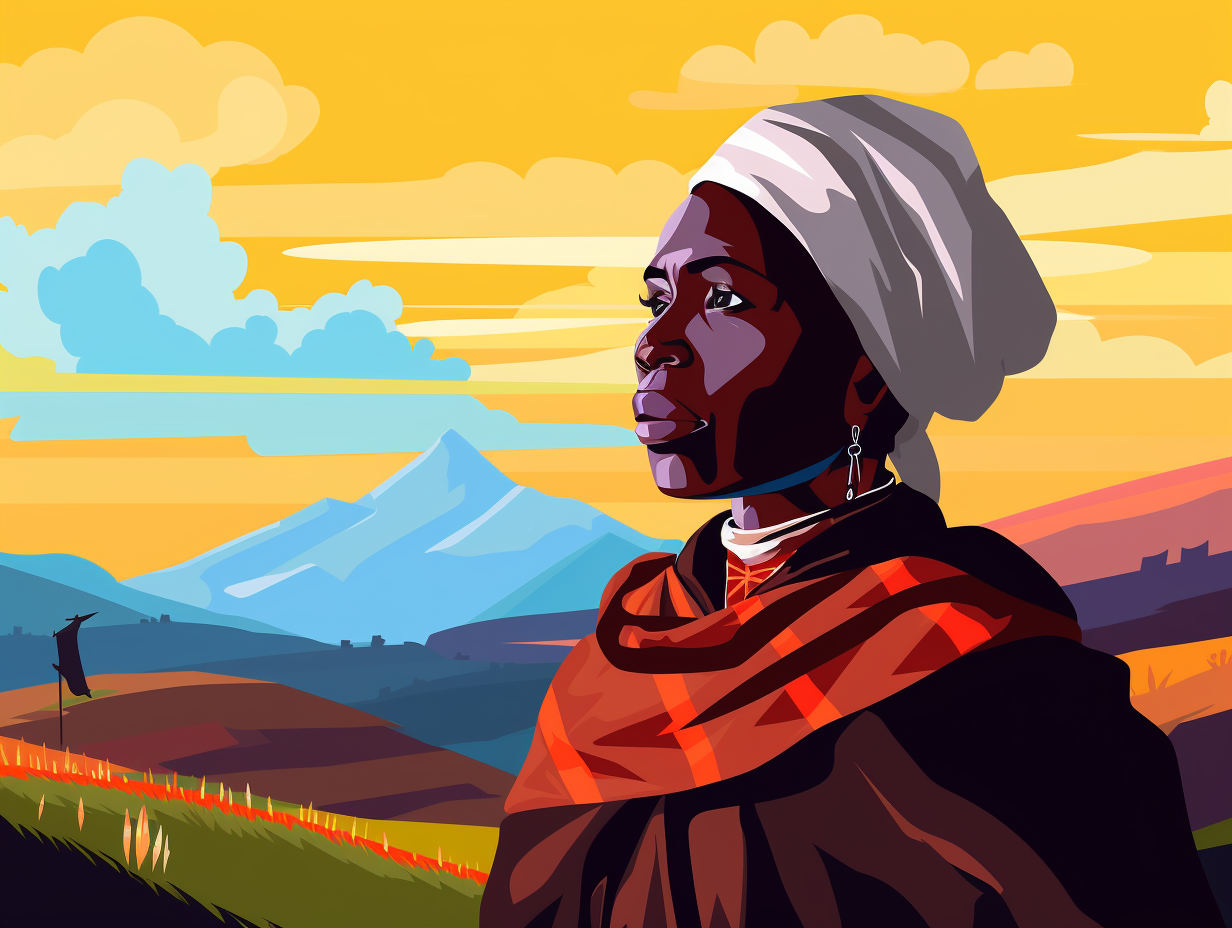
Did you know the real-life "Moses" was a fearless woman named Harriet Tubman? She led 19 daring trips to free around 300 slaves through the Underground Railroad! Discover her astonishing story 🚂💪🔗
=> Fun Facts about Harriet-Tubman
3. Trailblazing Glass-Ceiling Smasher
Before she was "Martineau-vellous" and breaking glass ceilings left and right, Harriet Martineau was simply smashing her way through the world of intellectual inequalities and shaking things up: This trailblazing gal was a self-taught expert in political economic theory, championing the end of enslavement and gender inequality, and was even crowned one of the first women journalists! With a sprinkle of Martineau magic, she had a knack for simplifying complex ideas, worked her charm on sociology, and even beat Émile Durkheim and Max Weber to the punch. To this day, her legacy lives on in the annual Martineau Society conference and the treasure trove of her writings at the Online Library of Liberty.
Source => thoughtco.com
4. Religious Casserole Queen
Knock, knock! Who's there? Harriet. Harriet who? Harriet Martineau: the sly scribbler who penned tales on social reform and thought religion was the casserole that could both concoct and kickstart a society: Harriet was a British writer and social activist in the 19th century, who believed that religious sentiment played a vital role in shaping the morals, manners, government, and social relations of the people.
Source => gutenberg.org
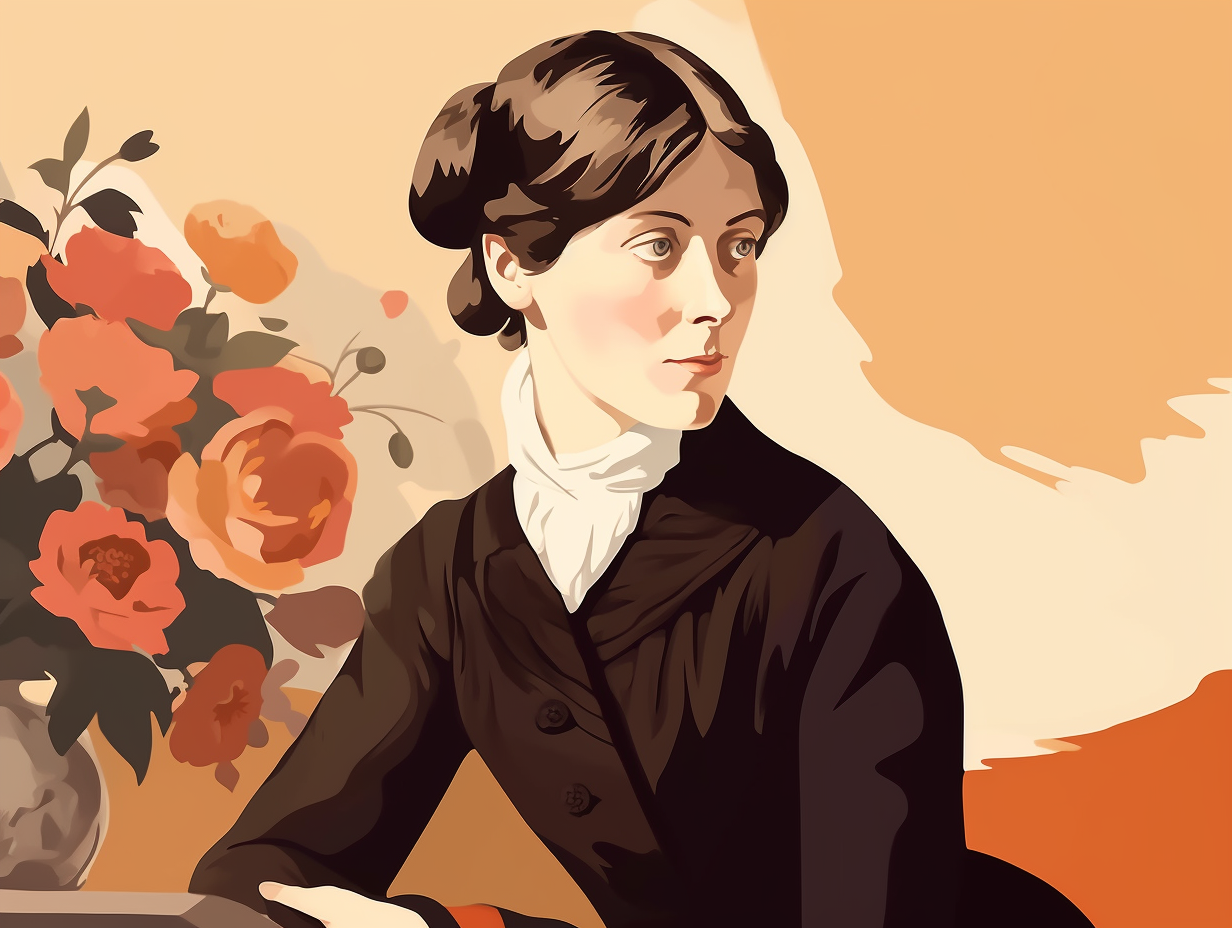
5. Bedridden Literary Powerhouse
Bedridden? More like bed-writing! Harriet Martineau turned lemons into literature while battling a grave illness: With the strength of 35 books and countless essays under her infirm belt, she reigned as one of the most productive and influential authors of her time, hobnobbing with the Victorian elite all from the comfort of her sickroom.
Source => smithsonianmag.com
6. Sassy Economist
Lo and behold, the original sassy economist: Harriet Martineau paved the way for female sociologists while showing Adam Smith that a spoonful of social perspective makes the fiscal policy go down: Martineau was not only the first female sociologist to make a splash in the field, but also an author, journalist, and abolitionist, penning over 1600 articles and 35 books, earning her spot on the intellectual dance floor as "the mind that moves the matter".
Source => jstor.org
7. Doctor-Defying Bestselling Invalid
Doctors be damned: Harriet Martineau, the Victorian era's premier invalid, not only took control of her own medical care like a boss, but authored a whopping 35 books and countless essays, all while grabbing the best-seller title for her riveting page-turner, Life in the Sick-Room.
Source => smithsonianmag.com
8. Nightingale & Martineau: Healthcare Heroes
Once upon a Crimean time, Florence Nightingale and Harriet Martineau joined forces like a 19th-century Batman and Robin, but instead of fighting Gotham's criminals, they slayed bad health care with statistical weaponry: In their book "England and her Soldiers," Martineau and Nightingale exposed military health care failures during the Crimean War using cold, hard data, including Nightingale's infamous "Rose Diagram," all while making it accessible and engaging for the common reader.
Source => journal.sciencemuseum.ac.uk
Related Fun Facts






